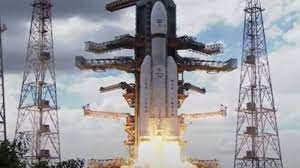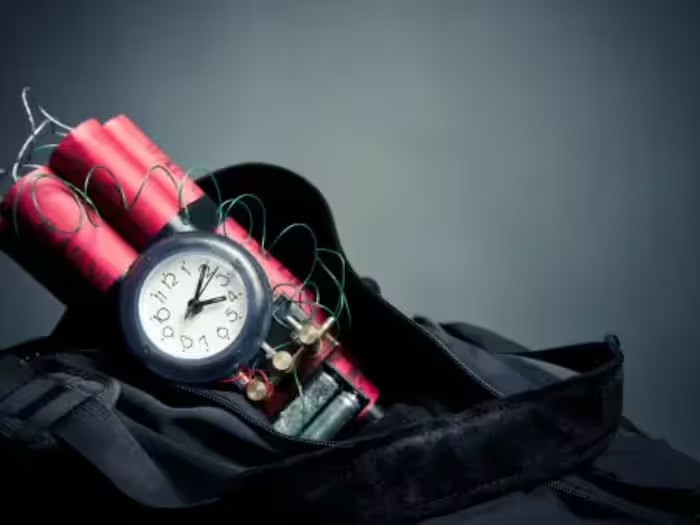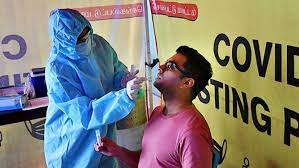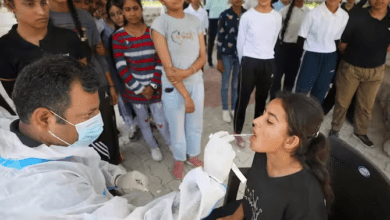Chandrayaan-3: ISRO Announces First Successful Orbit-Raising Manoeuvre
Indian Space Research Organization scientists successfully raised the Chandrayaan-3 spacecraft’s initial orbit on Saturday, according to the space agency.
According to an ISRO social media statement, the health of the spacecraft was “normal”.
Chandrayaan-3 is now in an orbit that, at its closest approach to the planet, is 173 kilometers wide and extends 41,762 kilometers beyond.
Mission update for Chandrayaan-3: The condition of the spacecraft is normal. At ISTRAC/ISRO, Bengaluru, the first orbit raising maneuver (Earthbound firing-1) was carried out successfully. The spacecraft is now in a 41762 km by 173 km orbit, according to the ISRO, which has its headquarters in Bengaluru. It is anticipated to do a number of maneuvers before making its final drop to settle on the south pole of the Moon.
The third iteration of ISRO’s lunar exploration mission was successfully launched on July 14 from the Satish Dhawan Space Centre in Sriharikota with the goal of achieving a soft landing on the Moon’s unexplored south pole to aid India in accomplishing a rare achievement.
So far, only the US, China, and Russia have succeeded in setting foot on the moon’s surface.
Earlier in the day, S Unnikrishnan Nair, the director of the Vikram Sarabhai Space Centre, announced that scientists at the ISRO Telemetry, Tracking and Command Network (ISTRAC), Bengaluru, would begin working on the firing of the onboard thrusters attached to Chandrayaan-3 starting on Saturday. This work would help the spacecraft move farther away from Earth during a crucial 41-day phase for making a soft landing on the Moon.
Chandrayaan-3 will be lifted from Earth starting today, according to Nair, and will make an exciting landing on the surface of the Moon on August 23.
“The car’s system has worked really well. Because of this, we have very accurately supplied whatever the spacecraft’s original requirements were, he told reporters in Thiruvananthapuram.
Chandrayaan -3’s project director P Veeramuthuvel had said on Friday that ISRO will be actively monitoring and directing the spacecraft from ISTRAC after the successful launch of the LVM3-M4 rocket carrying it.
“Many critical events are lined up, starting from Earth-bound manoeuvres, insertion into lunar orbit and separation of lander, a set of deboost manoeuvres, and finally the power descent phase for a soft landing (on the lunar surface),” Veeramuthuvel said.







